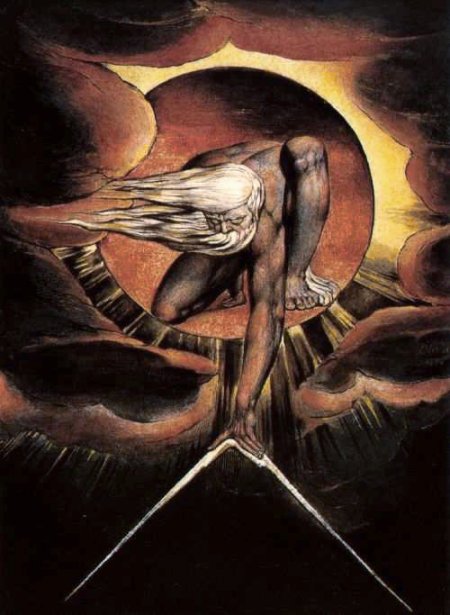Ted Grimsrud—May 30, 2017
[This is the third in a long series of posts that will work through an important new book, Greg Boyd’s Crucifixion of the Warrior God: Interpreting the Old Testament’s Violent Portraits of God in Light of the Cross (Fortress Press, 2017). The second post may be found here—and an index of the series here.]
Reading the Bible with Christ as the center
In chapter two, “The True Face of God: The Absoluteness of the Revelation of God in Christ” (pages 35–92), Boyd’s main interest seems to be to establish the validity of his Christ-centered approach to interpreting the Bible. Based on extensive citations from the New Testament, Boyd makes the case that the Christian Bible as a whole should be read in light of Christ on the cross. He asserts that the Old Testament ultimately, for Christians, needs to be read in service to an affirmation of Jesus as Savior. This approach to reading the Bible will be the basis for Boyd’s cruciform reading of the OT violent portraits of God. He will argue that in the end those portraits (and everything else in the Bible) actually support the conviction that God is nonviolent love. More on that conclusion as we work through the rest of the book.
It strikes me that Boyd bases the case for Jesus as the center of the entire Bible more on his doctrinal beliefs about Jesus’s identity than on an inductive front to back reading that weighs the evidence as one goes along. I’m uncomfortable with his approach, though I will grant that he is able to marshal a great deal of evidence that the NT sees Christ as having authority over the OT and sees him to have an exalted identity as Son of God. Still, I am more attracted to an approach that understands Jesus’s authority and identity and his relationship with the rest of the Bible more based on his actions and teachings as presented in the first three gospels (I will call this a “Jesus”-emphasis) than on his crucifixion and exaltation (a “Christ”-emphasis).
A basic question will trouble me throughout Boyd’s book. Is the center of scripture best seem as Jesus’s death in itself or is the center best seen as the love of God shown to the world throughout the story—love that Jesus’s death witnesses to? That leads to a second question more directly tied to the book’s overt focus: How does the cross reveal God’s nonviolence? Is the core meaning of the nonviolence of the cross to be found in Christ (as God incarnate) taking general human sin upon himself or in Jesus’s life of active love that in its nonviolence shows both the character of God and the character of the human institutions who execute him because of his active nonviolence?
Boyd seems to operate with a “high” (or doctrine-first) christology that has as a starting point Jesus’s identity as God incarnate rather than understanding Jesus’s messianic identity as an inductively arrived-at conclusion drawn from the details of his life. The story of Jesus’s way of life does not seem necessary for Boyd’s description of his identity—or at least Boyd does not present it as such. Continue reading


